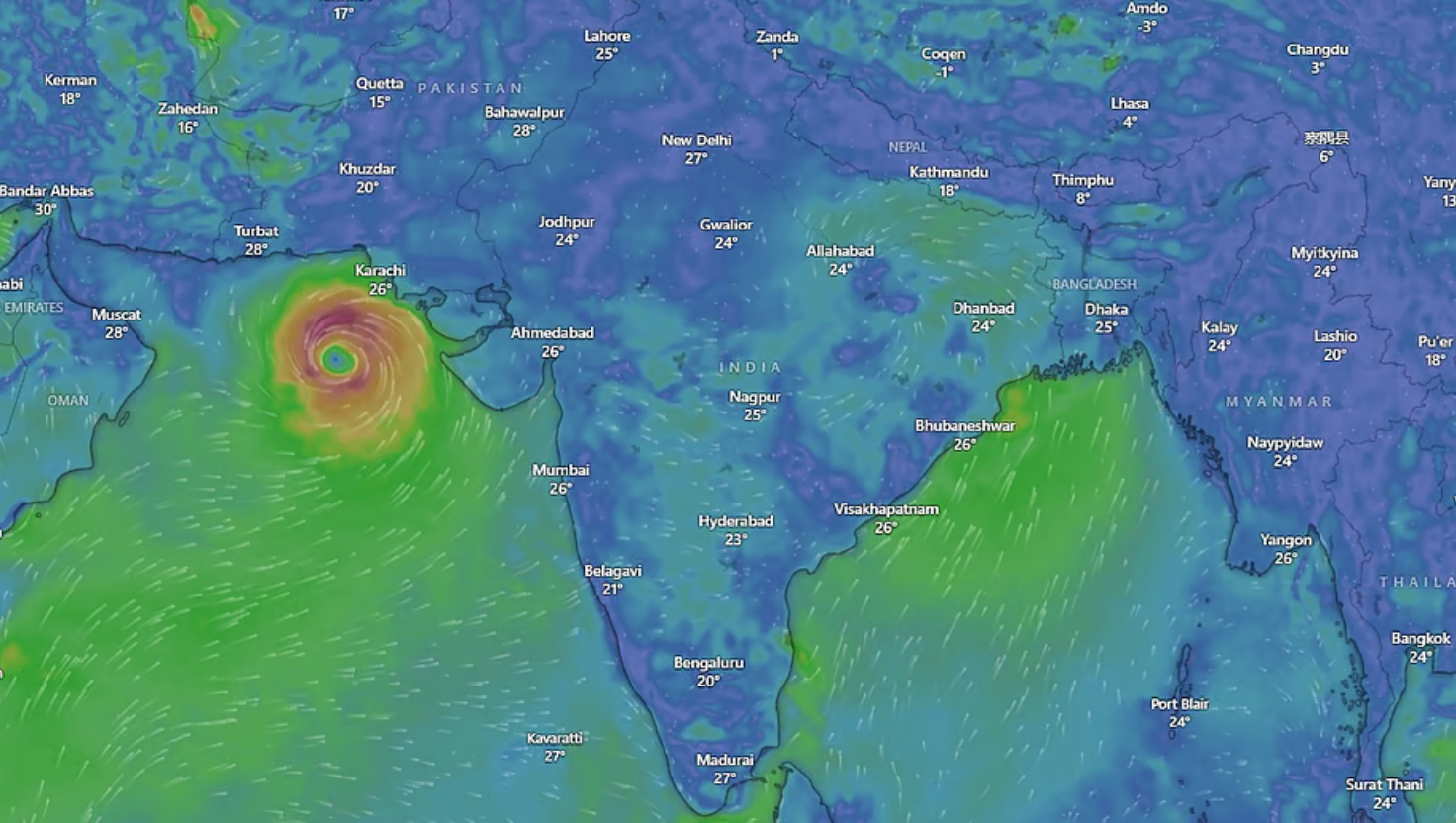Wind Energy vs Bird Mortality in India: A Green Dilemma
Syllabus: Environment | Conservation | Renewable Energy (UPSC GS III)
Source: The Hindu
Context
India added 3.5 GW of wind power in early 2025, registering 82% annual growth. However, a study by the Wildlife Institute of India (WII) raised concerns about rising bird deaths near wind turbines in Rajasthan’s Thar Desert, especially in Jaisalmer — sparking debate over the environmental costs of renewable energy.
Status of Wind Energy in India
- As of 2025, India’s installed wind power capacity stands at 51.3 GW
- Estimated wind energy potential: 1,163.9 GW at 150 metres above ground
- Target: 30 GW of offshore wind by 2030
- Recent bids for 4 GW offshore projects launched in Gujarat and Tamil Nadu
India is among the world’s top wind energy producers, and wind remains a key pillar of its clean energy transition.
Key Findings from the WII Study (Thar Desert, Rajasthan)
- Study Area: 3,000 sq. km around Jaisalmer
- Turbines Monitored: 90
- Findings:
- 124 bird carcasses found
- Estimated 4,464 bird deaths per 1,000 sq. km annually
- No bird deaths recorded in non-turbine zones
- Affected Species:
- Critically endangered Great Indian Bustard
- Numerous raptors
- Causes:
- Blade collisions
- Electrocution from power lines
Why Bird Deaths Are Concerning
1. Disruption of Migratory Routes
- The Thar Desert lies on a key avian migratory flyway, crucial for many bird species.
2. Threat to Raptors & Endangered Species
- Raptors reproduce slowly, making them vulnerable to population decline.
- The Great Indian Bustard (GIB) faces extinction risks.
3. Ecological Importance
- Jaisalmer and other wind zones are biodiversity-rich regions.
- Past studies underestimated avian risks due to limited turbine coverage.
4. Trophic Imbalance
- Bird deaths affect natural pest control, potentially harming agriculture.
Gaps in Existing Environmental Policy
- No EIAs for onshore wind farms
- Shallow EIAs for offshore wind projects
- Wildlife clearance often lacks biodiversity review
- Cumulative ecological impacts are not assessed
- Poor coordination between MNRE and MoEFCC
Mitigation Measures and Tools
- Blade Painting: Enhances blade visibility, reducing collisions
- Timed Shutdowns: Pause turbines during peak bird migration
- Smart Layouts: Avoid turbine placement along bird flyways
- AVISTEP Tool: Maps bird-sensitive zones for planning
- Ground Surveys: Validate remote sensing with on-field data
What Needs to Be Done
- Mandate EIAs for all wind projects (onshore + offshore)
- Implement zoning-based siting to avoid ecological hotspots
- Deploy AI, radars, and sensors for real-time bird tracking
- Involve local communities and ecologists in project design
- Fund long-term biodiversity studies related to wind energy
Conclusion
While wind energy is vital to India’s net-zero goals, it must not come at the cost of wildlife and biodiversity. Ecologically fragile zones like the Thar Desert require sensitive planning.
India must adopt a sustainable wind policy that balances green growth with ecological preservation, ensuring that clean energy remains truly clean.











